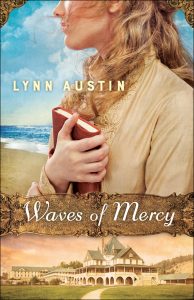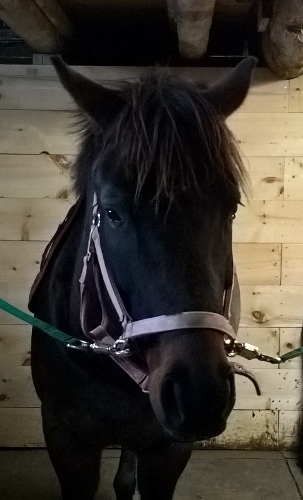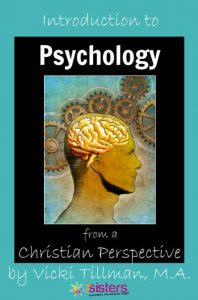It is 1897 in Holland, Michigan. Socialite Anna Nicholson has fled there to work through her feelings after being jilted by her Chicago fiancé for attending the wrong church. In a different part of town, Geesje de Jonge has been asked to write her story for the 50th anniversary celebrations of Holland.
As Anna ponders her future and wonders about her past, she meets Derk Vander Veen who works at the hotel and is studying to become a minster. She discovers the Bible, and her mother discovers Derk….
Geesje looks back to persecution in the Netherlands as she begins to pen her story of immigration, pioneering, and settling into a new country. That is the official version, but there is more, her first love, unimaginable tragedies, God’s love expressed in everyday ways, and her growth in faith and joy as she learns to rely on God.
Then Austin weaves these two women’s tales together in a plot that is almost unrealistic, but somehow it works, perhaps because the story is so compelling and the characters are so believable. Especially Geesje. Another reason it works is because of the struggles Geesje faces as she learns to live closely to the Lord, universal struggles echoed in Anna, Derk, and each Christian reader.
With biblical wisdom and compassion, Austin stresses the distinction between love as an emotion—a gift that fills one’s world with the miraculous—and love as a verb—a choice to love, one loving action at a time. She shows that, in the end, it is not human love that matters most or that lasts the longest. God is the one who always holds onto us, and none can pluck us out of his hand.
Throughout, Austin also discusses God’s purpose for our lives, and the simplicity of Geesje’s conclusion belies the lifetime of learning that led up to it. Geesje tells Anna:
Often, it’s not one great, dramatic thing that God asks us to do but hundreds of little everyday things. If we want to be used by Him, if we’re ready to be used and aren’t all tangled up with our own plans and projects, He’ll show us the work He has for us. He sees your heart, Anna. You can trust Him to direct your path.
Like all Lynn Austin novels, this quality story of emotion and faith is full of substance. Recommended both as a good read and as a gentle reminder of our good God.
—
Besides her novels, Lynn Austin has also written a devotional, Pilgrimage (link is to my review), in which she struggles with the unwanted changes in her life and comes to a renewed trust in God.
—
If you enjoyed this article, you might want to follow me on Google+ where I often mention helpful or interesting ideas, or connect with me on GoodReads where I share what I read.
Disclosure: I received a review copy from Graf Martin and Bethany House and, as usual, am not compensated for this review.



